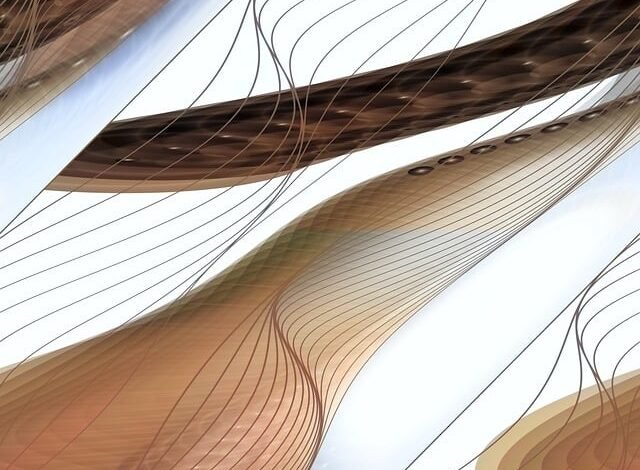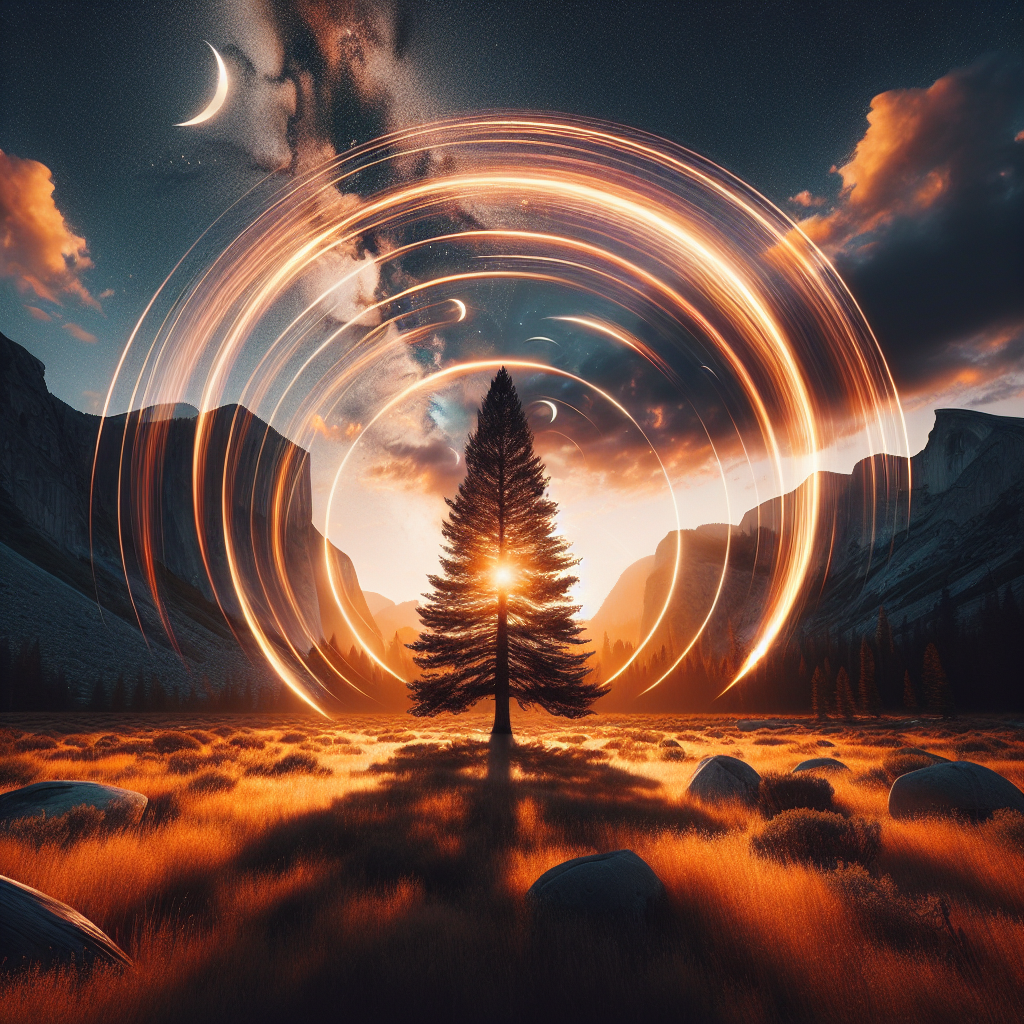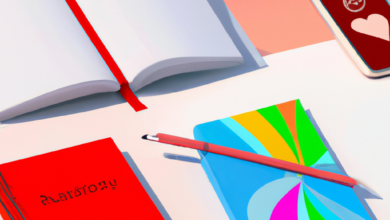200 Years of Synesthesia: A Concise Overview

Welcome to the fascinating world of synesthesia! For over 200 years, this extraordinary neurological phenomenon has captivated scientists, artists, and curious minds alike. Synesthesia is a condition where the stimulation of one sensory or cognitive pathway leads to involuntary experiences in another pathway. In simpler terms, it’s like seeing colors when you hear music or tasting flavors when you read words. In this concise overview, we’ll delve into the history, types, and impact of synesthesia, showcasing its incredible diversity and the wonders it brings to those who experience it.
The Discovery of Synesthesia
The first documented case of synesthesia dates back to the early 19th century when German physician Georg Sachs described a patient who saw colors when hearing certain musical notes. However, it was not until the late 19th century that synesthesia gained recognition as a legitimate phenomenon. English polymath Sir Francis Galton conducted extensive research on synesthesia and coined the term “synesthesia” in 1880, derived from the Greek words “syn” (together) and “aisthēsis” (sensation).
Types of Synesthesia
Synesthesia is a remarkably diverse condition, with various forms and combinations of sensory experiences. Here are some of the most common types:
- Grapheme-color synesthesia: This is the most prevalent form, where letters, numbers, or words are associated with specific colors.
- Sound-color synesthesia: Sounds, such as music or voices, trigger the perception of colors.
- Number-form synesthesia: Numbers evoke specific spatial patterns or mental maps.
- Taste-color synesthesia: Tasting certain flavors leads to the visualization of colors.
- Lexical-gustatory synesthesia: Words or sounds evoke specific tastes.
The Science Behind Synesthesia
While the exact mechanisms of synesthesia are still being explored, researchers believe that it is caused by cross-activation or hyperconnectivity between brain regions responsible for different sensory or cognitive processes. Functional magnetic resonance imaging (fMRI) studies have revealed distinct patterns of brain activity in individuals with synesthesia, providing valuable insights into the neural basis of this phenomenon.
The Synesthetic Experience
Imagine listening to your favorite song and simultaneously seeing a vibrant kaleidoscope of colors dancing before your eyes. Or perhaps every time you taste a lemon, you experience a burst of bright yellow in your mind. These are just glimpses into the synesthetic experience, which can be both awe-inspiring and overwhelming.
For synesthetes, their unique perceptions are often automatic and consistent throughout their lives. This blending of senses can enhance creativity, memory, and emotional experiences. Many synesthetes find inspiration in their synesthetic perceptions, leading to remarkable works of art, music, and literature.

Synesthesia in Art and Culture
Synesthesia has left an indelible mark on the world of art and culture. Numerous renowned artists, musicians, and writers have been synesthetes, using their extraordinary sensory experiences as a wellspring of creativity. For example, Russian composer Alexander Scriabin associated musical keys with specific colors, resulting in his innovative “color symphony” compositions. Similarly, painter Wassily Kandinsky believed that colors and shapes had corresponding musical tones, leading to his pioneering abstract art.
Living with Synesthesia
While synesthesia can be a source of wonder and inspiration, it also presents unique challenges. Synesthetes may find certain sensory experiences overwhelming or distracting, making it difficult to focus on specific tasks. Additionally, explaining synesthesia to others can be challenging, as it is a deeply personal and subjective experience.
However, with increased awareness and understanding, society is becoming more accepting and accommodating of synesthetes. Online communities and support groups provide platforms for synesthetes to connect, share their experiences, and learn from one another.
Conclusion
Synesthesia is a remarkable phenomenon that has fascinated humanity for centuries. From its discovery in the 19th century to its impact on art, culture, and everyday life, synesthesia continues to inspire and intrigue. Whether you are a synesthete yourself or simply curious about the wonders of the human mind, exploring the world of synesthesia opens up a vibrant realm of sensory experiences and creative possibilities.




